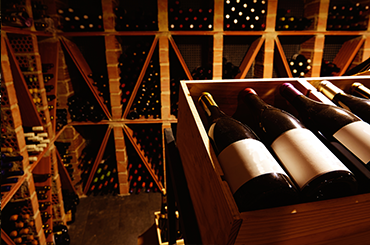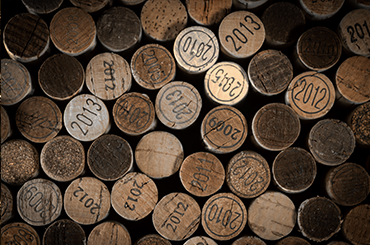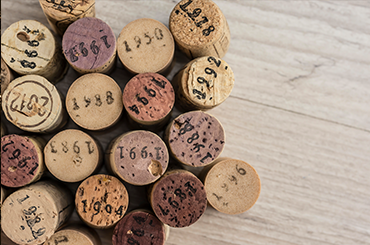James often receives questions about the drink by date he gives wines, and how these should be interpreted. It's a valid question, and he's elaborated on the suggested drinking year given with every review.
Q. I’m interested in a little more detail about what the drink by date means. Using the theory that wine improves for the first third of it's life, is at its peak for the next third and then declines from there, I assume that the drink by date provided is roughly two thirds through its life. Is that a reasonable way to look at it or should I be treating it differently?
You have posed a thoroughly legitimate question. At one time in the dim, distant past I attempted to give a drinking span for wines, some long, some short. I found, however, that the commencing date of the span was almost always within a year or two of the release date. But even that system had to deal with the implied drink by date, which is as long as a piece of string.
The ‘When should I drink this wine?’ question comes up again and again in live events, and also with e-queries. Putting to one side the nature of the screwcap game-changer, the answer to the drink by question depends entirely on the individual palate of each consumer. Some will always veer towards fresh, primary fruit aromas and flavours in young wines, others to the complexity and secondary characteristics of older wines. There is no right or wrong about this; it is a matter of personal choice, that choice normally influenced by the experience of the drinker.
Next, there are varieties that blossom with age, and others that die with age. In the latter category are varieties such as pinot gris and sauvignon blanc (except for some barrel fermented sauvignon blanc/semillon blends). In the former category you have riesling, semillon, shiraz and cabernet sauvignon, with chardonnay and pinot noir sitting on the fence, numerous factors influencing the likely length of the plateau.
Over the decades, I have had the good fortune to taste many Australian red wines loosely fitting within the shiraz/cabernet sauvignon group. Each year the Len Evans Tutorial has at least one group of Australian red wines between 40 and 50 years of age. Included in those are very often wines that, in today’s terms, would sell for around $20. Having feasted on great Bordeaux and cabernets of the world, and ditto shiraz, and also having 40- to 50-year-old great Burgundies, including Domaine de la Romanée-Conti, presented as Option wines during the night, or as an Options flight where six to eight wines are involved, it has been a revelation for the scholars who never imagined such wines could live so long, their reaction equally fascinating for the tutors.
The majority of these wines are under cork, and there is inevitable and significant bottle variation. The screwcap will remove altogether that bottle variation, while also giving the wines a longer lease of life. The drink by date is always conservative, and shorter for a given wine under cork than screwcap. In either event, and depending on the personal taste and experience of the consumer, a wine with a 20-year drink by date will quite possibly be very much alive and enjoyable a further 20 years hence.
The final caveat on all this is the history of the wine: has it gone in and out of the auction market, and has it been properly cellared?







